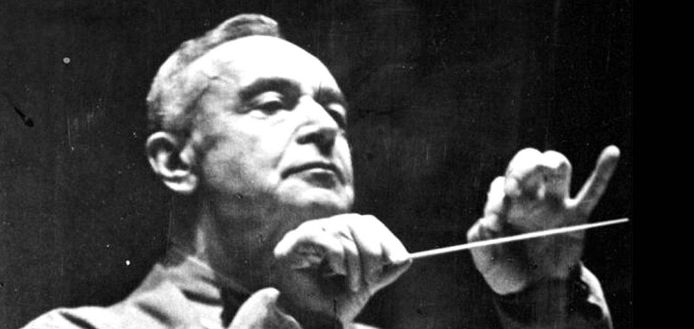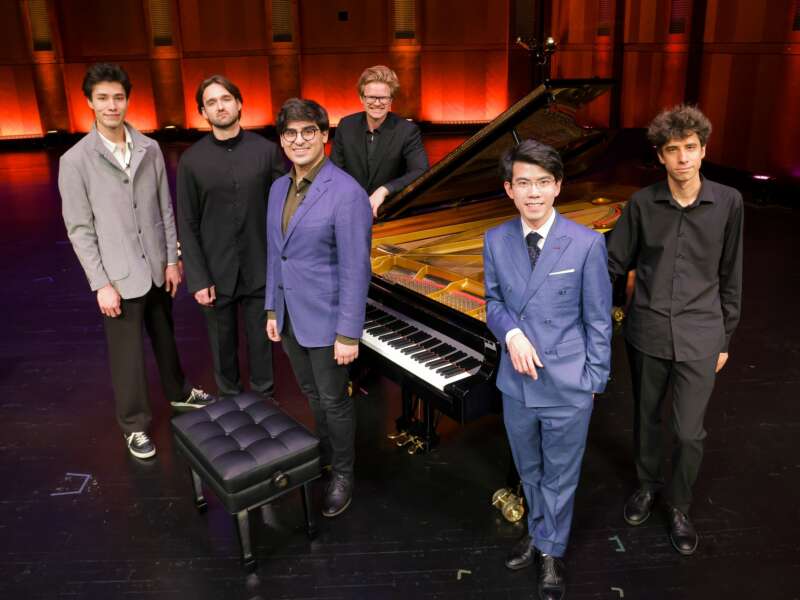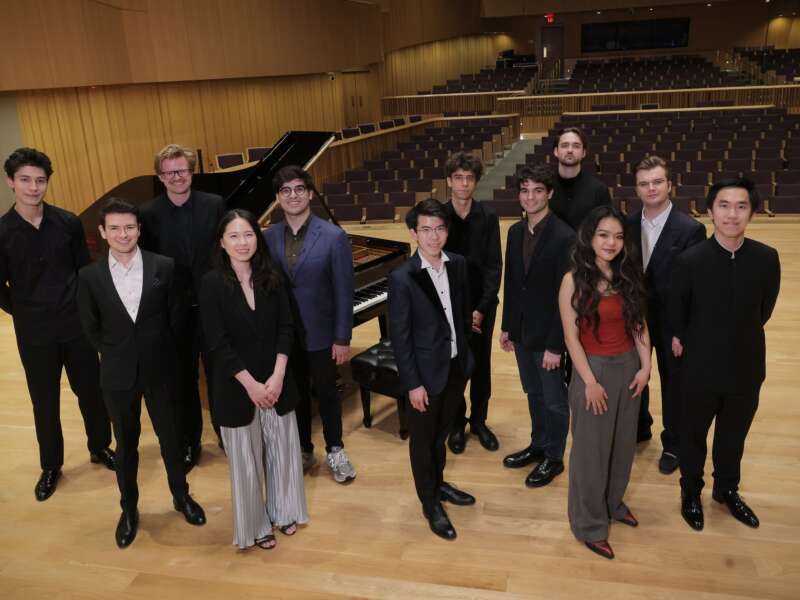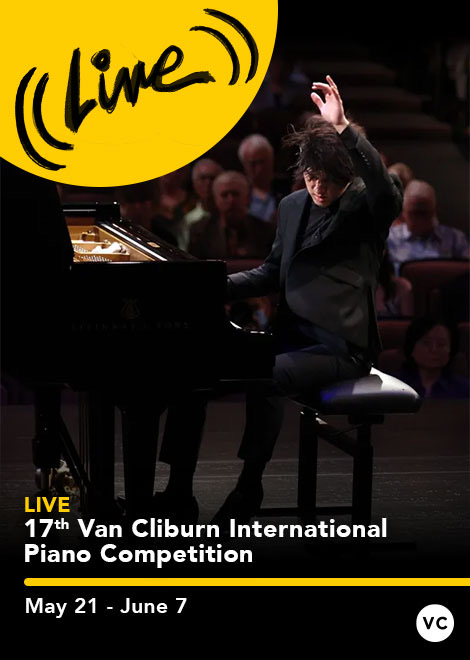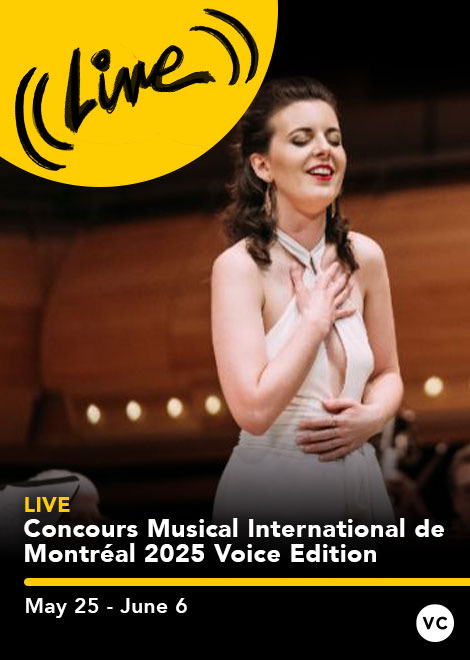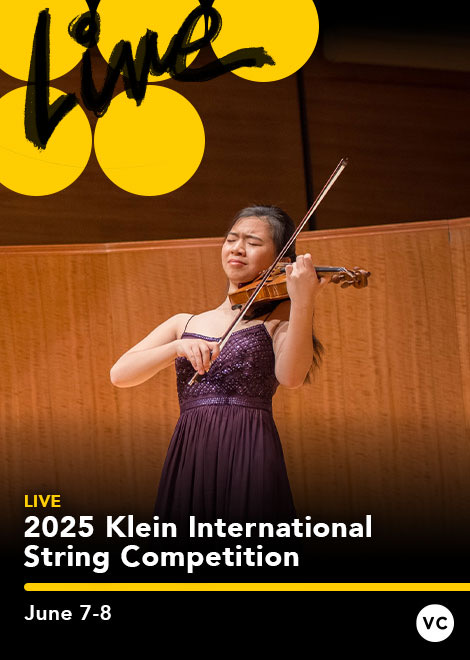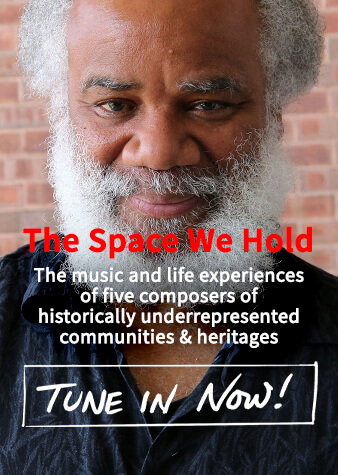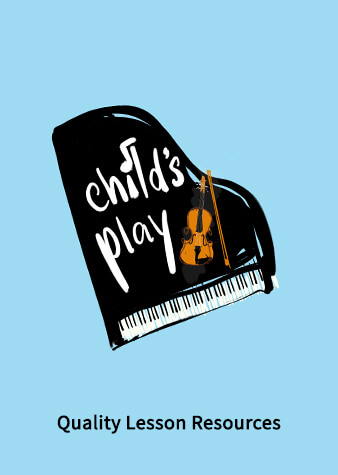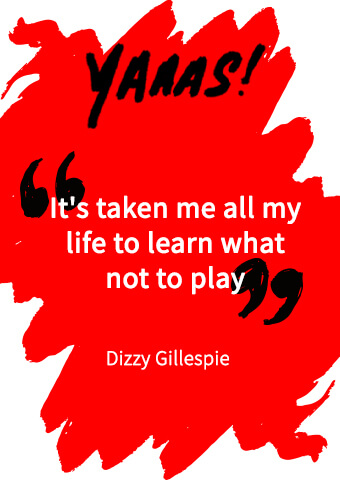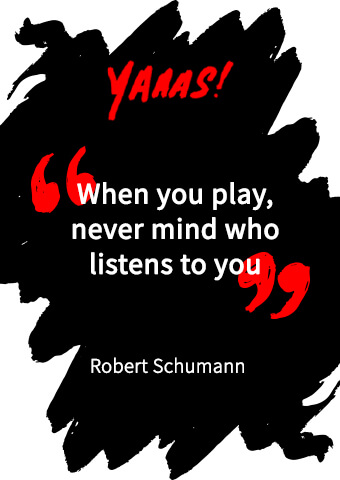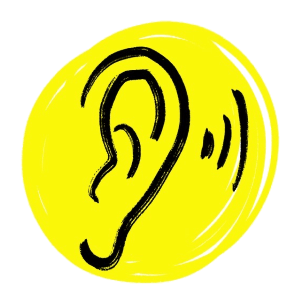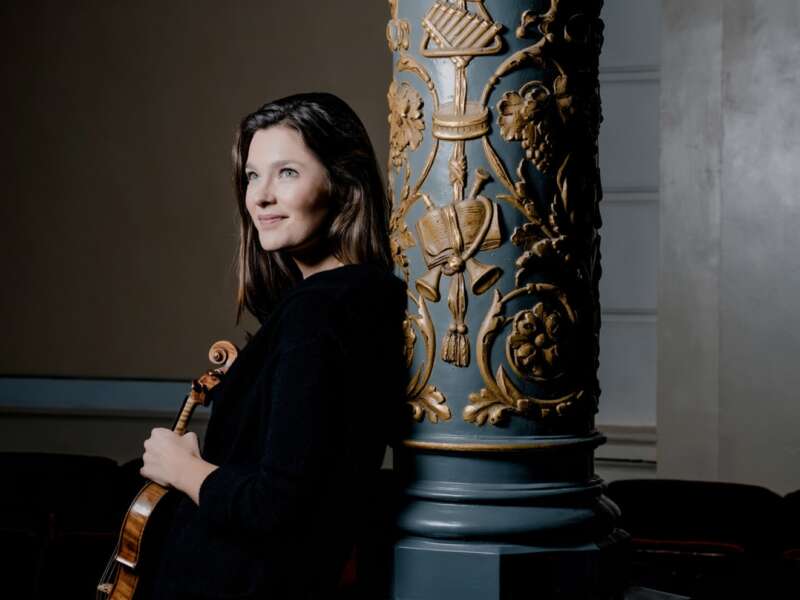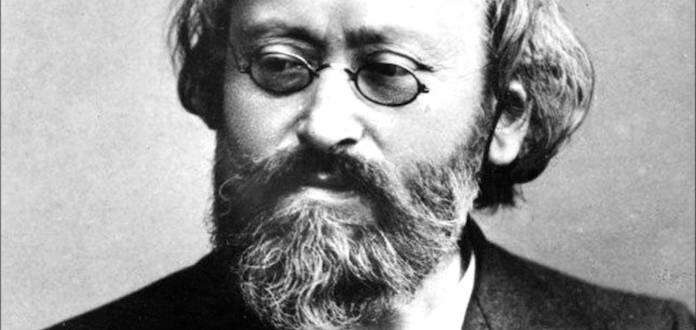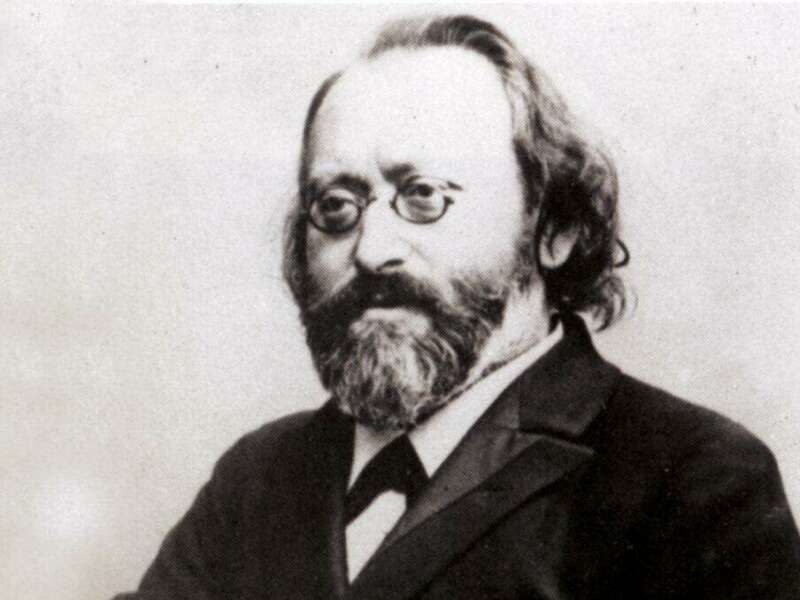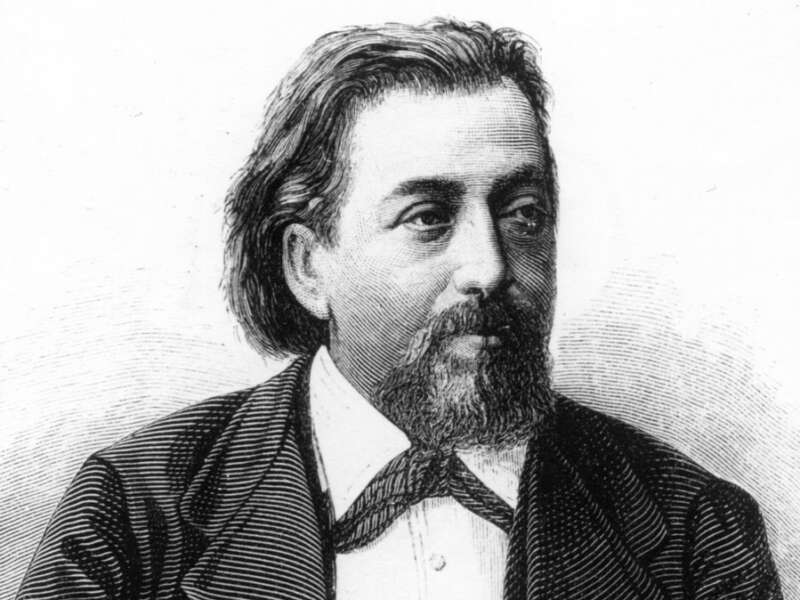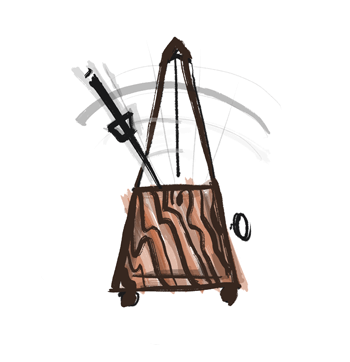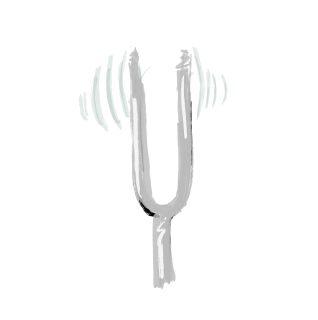Conductor & Composer Serge Koussevitzky Born in 1874
He was a longtime conductor of the Boston Symphony orchestra and played a major role in developing Tanglewood's concert and educational programs
Russian-born conductor, composer, and double bassist Serge Koussevitzky was born on this day in 1874.
Koussevitzky was born into a Jewish family of professional musicians in Vyshny Volochyok, Tver Governorate (present-day Tver Oblast), roughly 250 km northwest of Moscow, Russia. As a child, he studied violin, cello, double bass, piano, and trumpet.
At fourteen, he received a scholarship to the Musico-Dramatic Institute of the Moscow Philharmonic Society, where he continued to study double bass with Josef Rambusek. Excelling at the bass, he joined the Bolshoi Theatre orchestra at twenty in 1894 and succeeded his teacher, Rambusek, as the principal bassist in 1901.
In 1905, Koussevitzky resigned from the Bolshoi and moved to Berlin, where he studied conducting under Arthur Nikisch. In Berlin, he continued to give double bass recitals and, after two years of practicing conducting at home with a student orchestra, he hired the Berlin Philharmonic and made his professional conducting debut in 1908.
During the next 16 years, Koussevitzky would continue giving double bass recitals and conducting orchestras in Berlin, Paris, and Russia.
In 1924, Koussevitsky was offered the position of music director of the Boston Symphony Orchestra, a position he held until 1949. During his tenure, he helped develop the ensemble into one of the United States' leading orchestras. During his time with the BSO, he premiered a number of cornerstone orchestral works — including Ravel's orchestration of "Pictures at an Exhibition," Bartok's "Concerto for Orchestra," Prokofiev's Violin Concerto No. 1, Gershwin's "Rhapsody No. 2," and Prokofiev's Second and Fourth Symphonies. He also made numerous recordings with the Boston Symphony, many of which received critical acclaim.
Koussevitzky also played a major role in the creation of Tanglewood, BSO's summer concert and educational programs. Tanglewood's main performance venue — the Koussevitsky Music Shed — is named after him.
Among his students and protégés were Leonard Bernstein, Eleazar de Carvalho, Samuel Adler, and Sarah Caldwell.
As a fervent supporter of new music, Koussevitzky established the Koussevitzky Music Foundation in 1942. The primary goal of the foundation was to support composers by commissioning new works and funding their performances. Notable compositions created with the foundations' support include Benjamin Britten's opera "Peter Grimes," Douglas Moore's opera "The Ballad of Baby Doe," Béla Bartók's "Concerto for Orchestra," Aaron Copland's "Symphony No. 3," Henri Dutilleux's string quartet "Ainsi la nuit," and Olivier Messiaen's "Turangalîla-Symphonie."
SERGE KOUSSEVITZKY & THE BOSTON SYMPHONY ORCHESTRA | BEETHOVEN | EGMONT OVERTURE | 1949
june 2025


